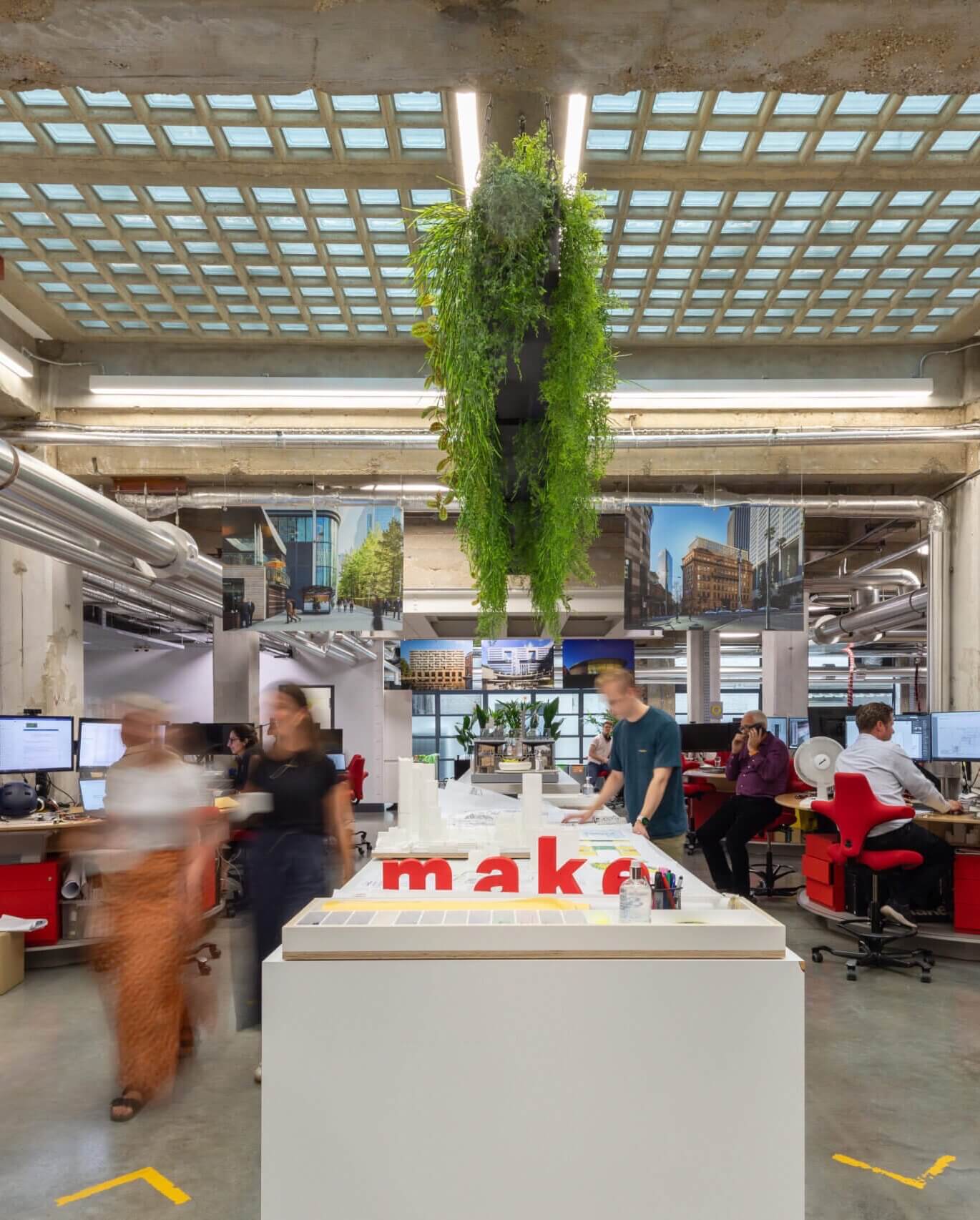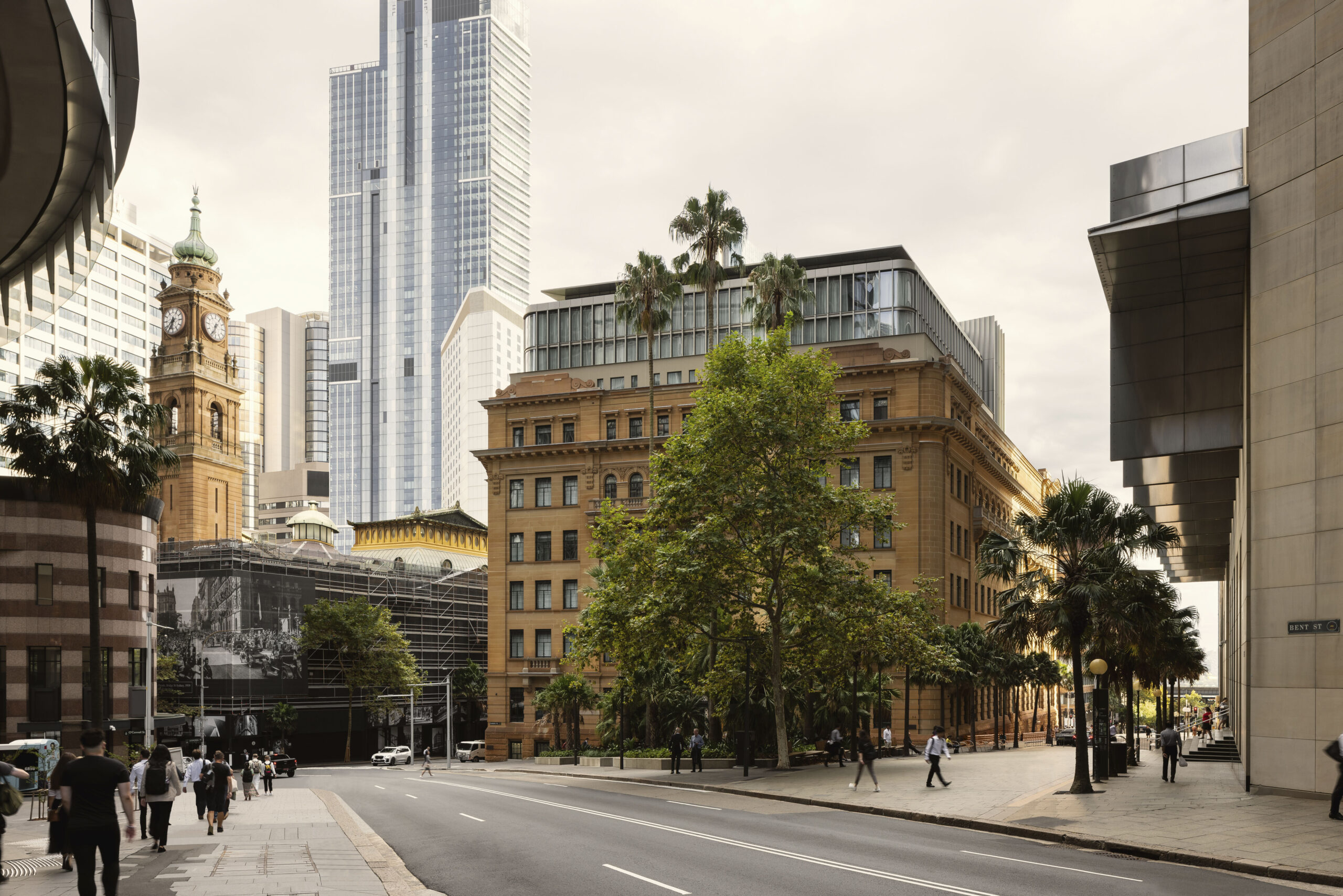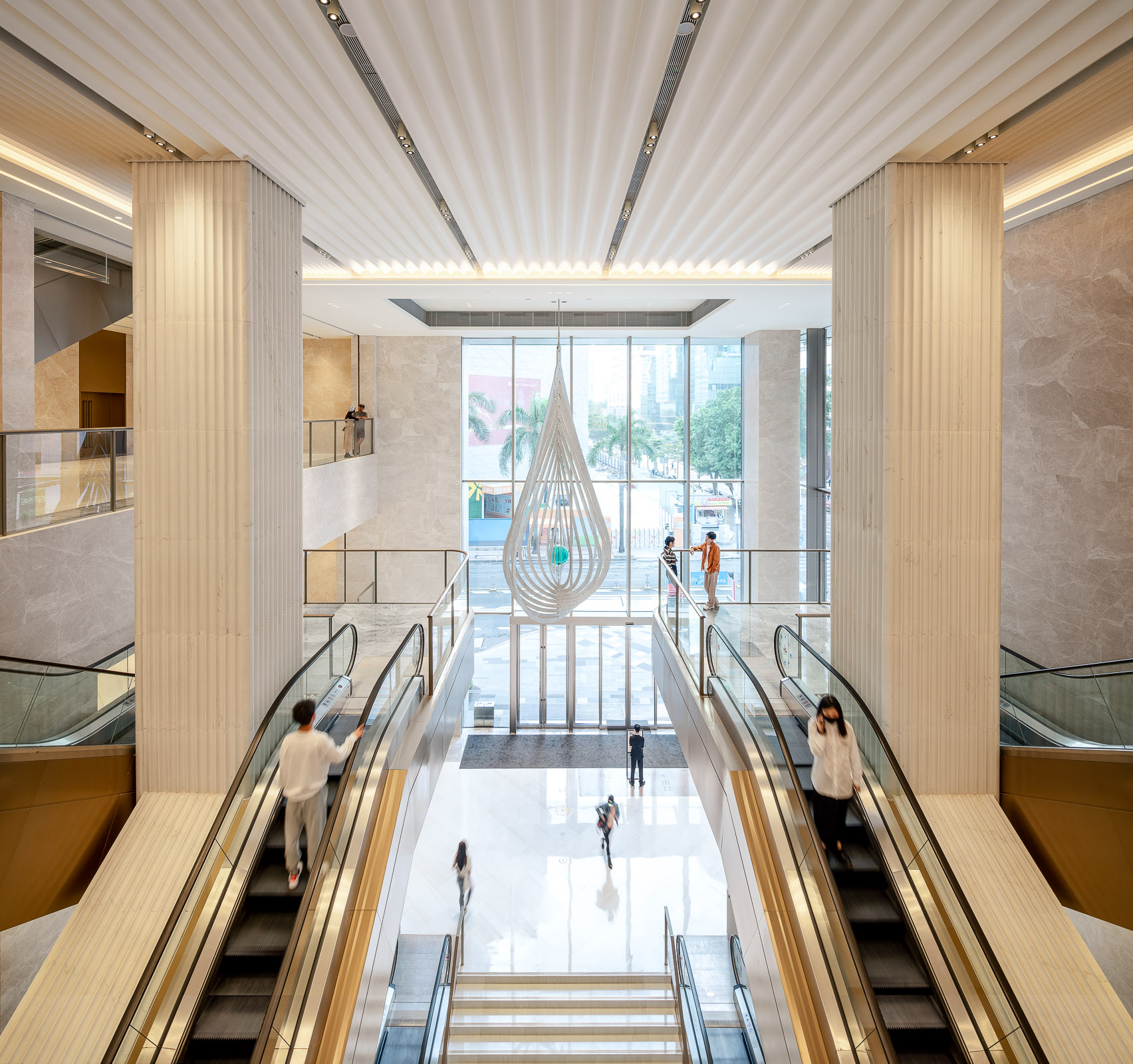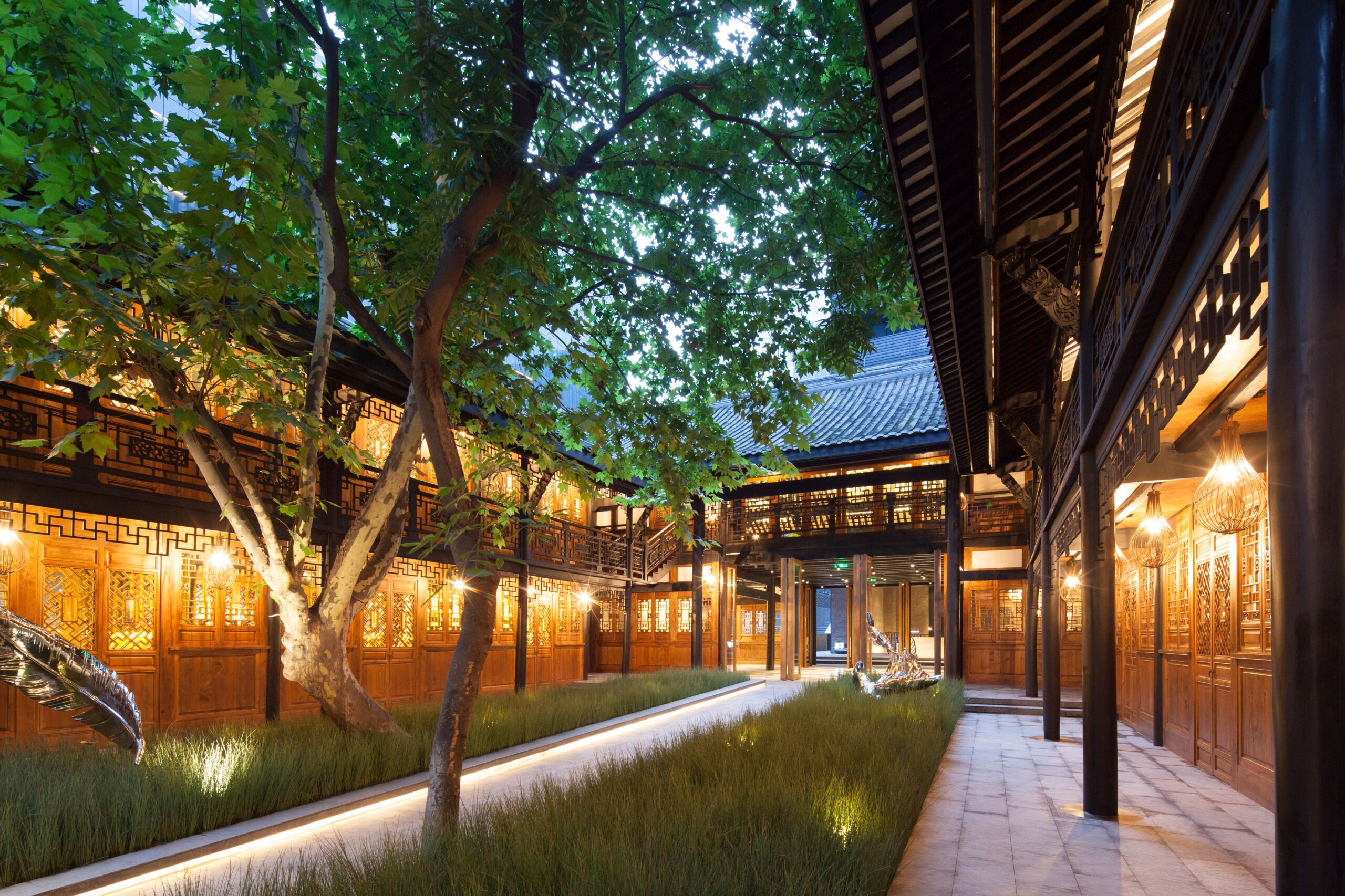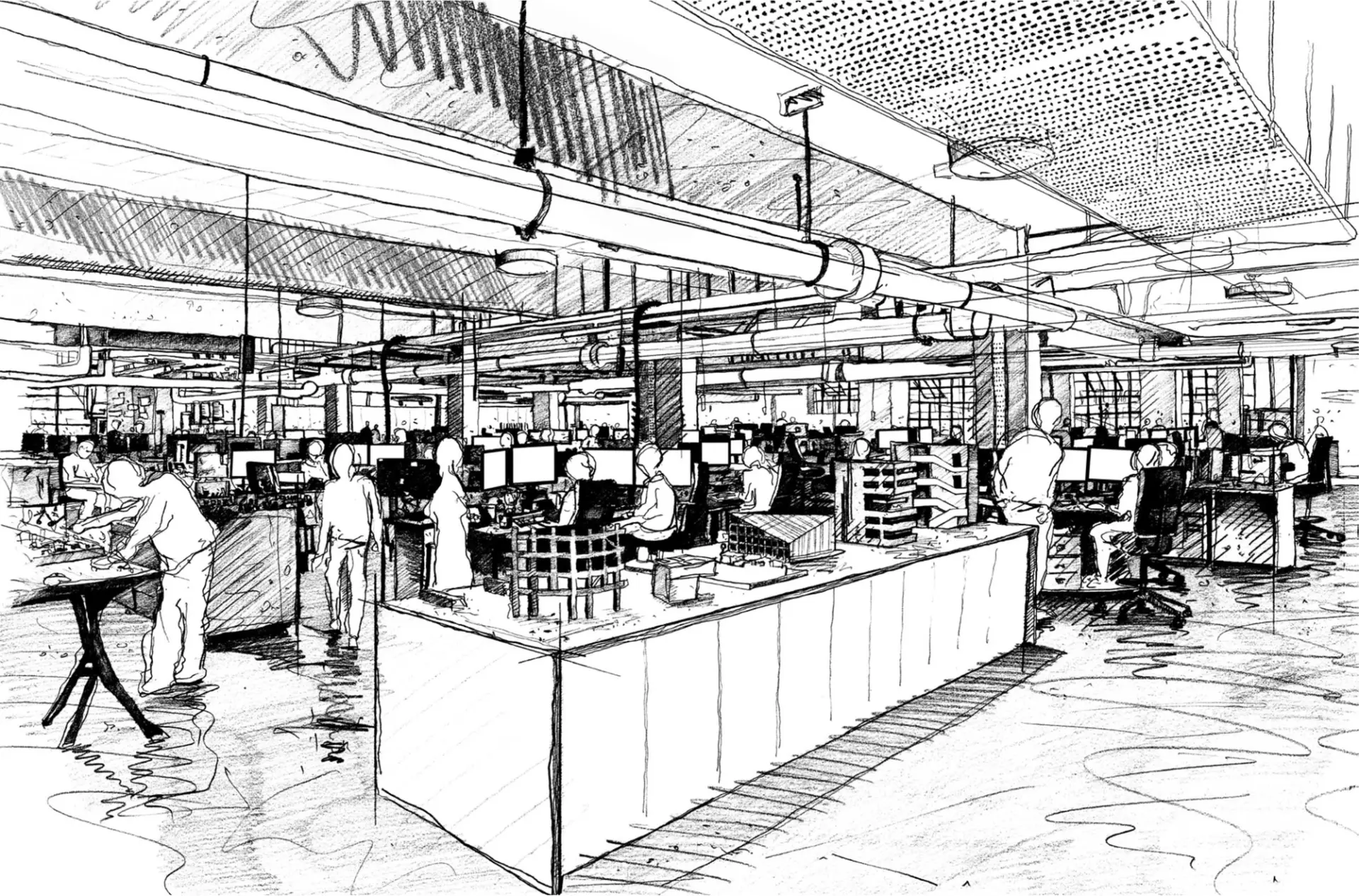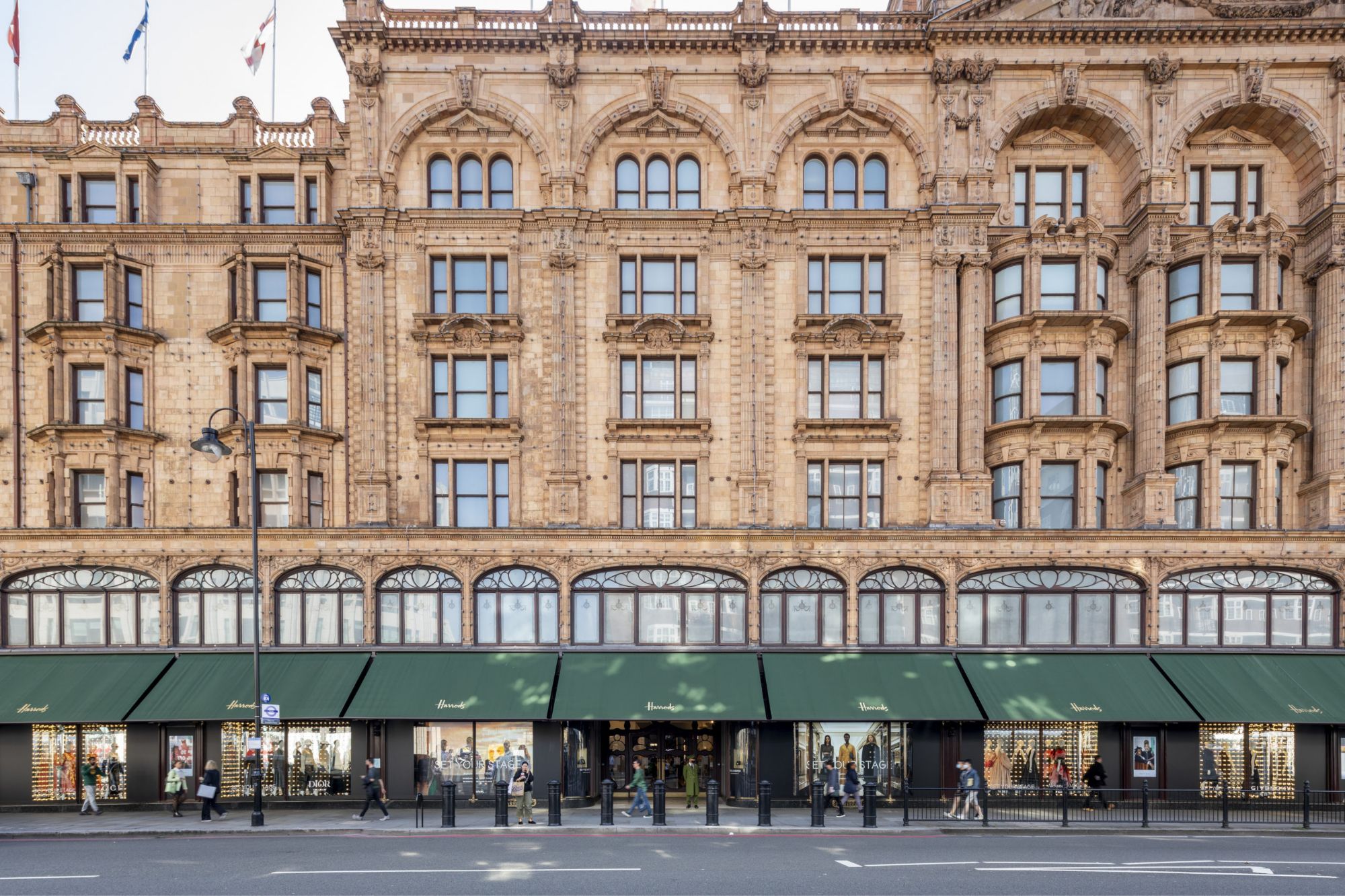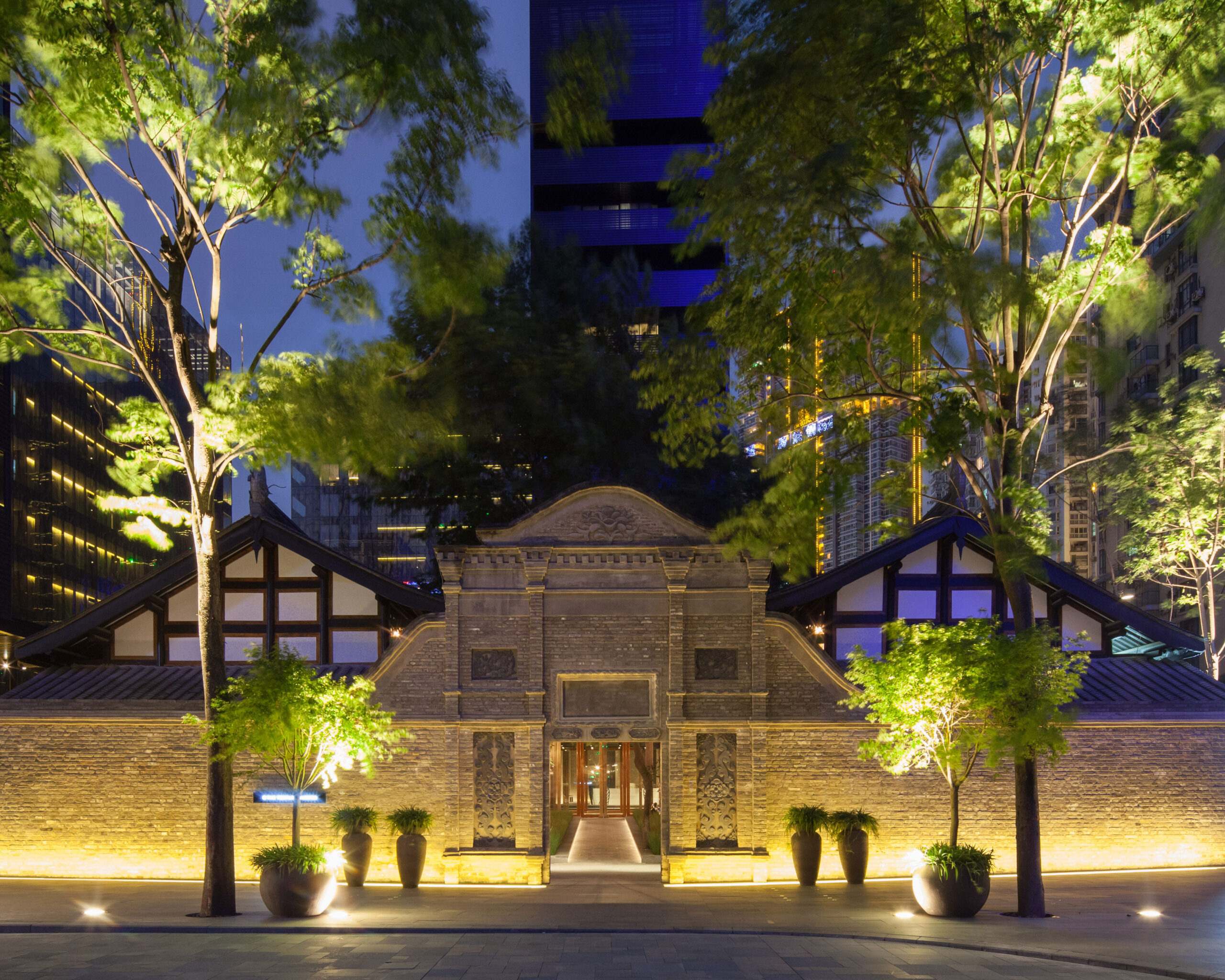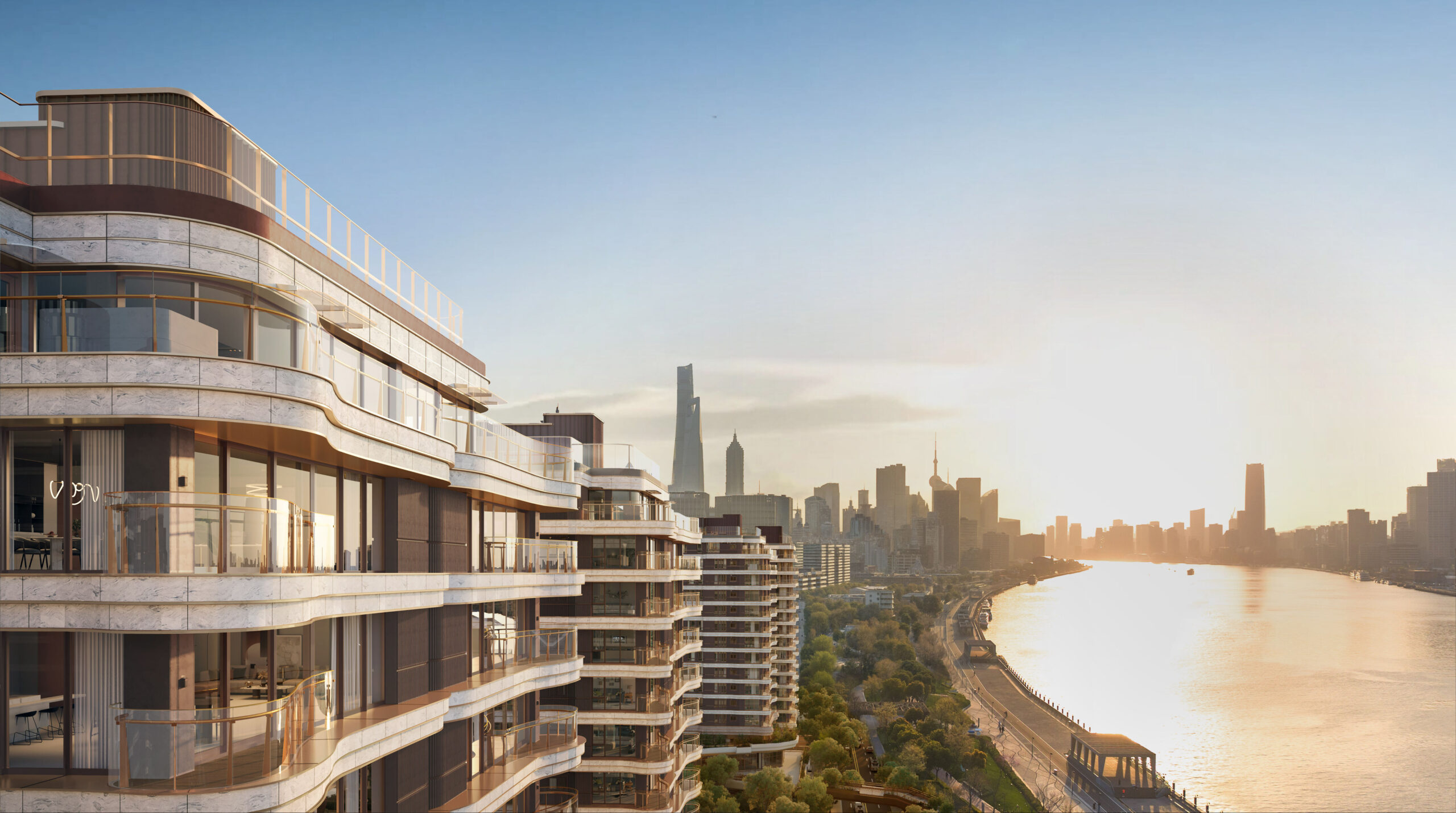
Ongoing commitments
The post-completion stages are equally important, where care and maintenance must continue via management strategies. Occasionally a ‘heritage management plan’ is required to document the significance and condition of the building, set objectives for implementing works, and monitor progress. A ‘heritage partnership agreement’ may be a suitable approach for historic buildings that require routine work. The agreement – between local authorities, building owners and occasionally third parties, such as Historic England – is to define a list of permitted works which can be consented through a different procedure.
Good judgments must be made to protect a historic building’s heritage whilst sensitively integrating new elements. Proposals must consider the building in its entirety, not piecemeal. In the case of school buildings, projects conceived in an organic fashion may disrupt the building’s operation and cause abortive work. An initial spatial masterplan will identify issues holistically and control the overview of all proposals. Proposals can then be executed in a phased approach, avoiding unplanned disruption to students, staff and building operators.
The effects of Covid-19 require rethinking a building’s design and operation. Whether new or existing, interrogating a building’s configuration is the first step, as circulation will be fundamental. Historically, many planforms incorporated multiple, separate entrances for students and staff. This lends itself well to one-way systems. Some 19th-century schools dwelled on the plan of classrooms surrounding a central hall. Others were designed with separate ‘wings’, which boys and girls entered via their own entrances and staircases. In the mid-1900s, open planning was introduced to provide more flexibility in the internal arrangement of the space. IT upgrades throughout the premise and a movable furniture layout may result in little physical intervention and can be reversed – both recommended approaches for adaptation.
The design of historic school buildings has favoured natural light and ventilation since the early 1800s. Schools in the 20th century introduced cross-ventilation techniques. In the mid-1900s, open-air schools were designed for children in poor health. Perhaps a precedent can be taken from this typology. Having openable windows or spaces that cross between the interior and the outdoors will mitigate the transmission of illnesses.
New extensions should consider hygiene measures at design stage so they can be built in on day one, for example, by specifying material surfaces that are easier to clean and sanitise. ‘Contactless’ features will be the norm, from access-controlled doors to sanitary fittings with integrated sensors.
The transformations of historic buildings are often complex and demanding, but the outcomes are highly rewarding, as the lives of these buildings are extended for future generations to use and enjoy. Successful projects stem from solid background studies, practicing good judgement, and the effective collaboration of a multi-disciplinary team with a shared vision.
Accessibility is vital in historic buildings.
Top Tips
- Understand the condition and the architectural and social significance of the building
- Define the scope of intervention with reference to the building’s heritage value
- Consult statutory bodies and engage with stakeholders
- Have an overall vision which address present and future needs
- Appoint appropriate specialists with relevant skills and experience
- Plan for unknowns and new discoveries until works start
You can learn more by reading England’s Schools: History, architecture and adaptation by Elain Harwood, published by English Heritage, 2010.
Read Part One of Regine’s blog series on considerations for listed buildings here.





